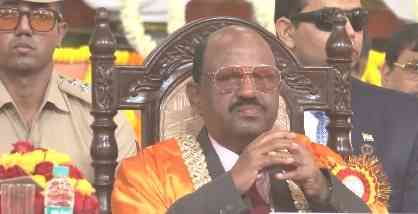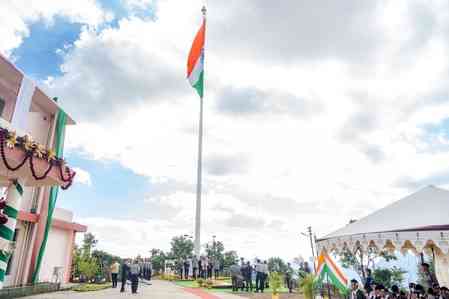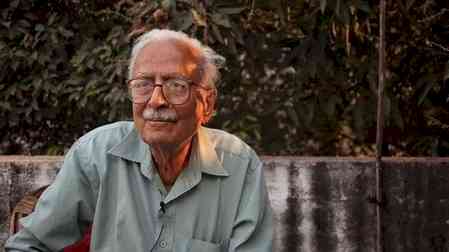PU developed a method for estimation of age of bloodstain
The current study proposed a proof-of-concept methodology for the investigation of bloodstains by utilizing InfraRed spectroscopy and statistical methods

Chandigarh: Dr Vishal Sharma of Institute of Forensic Science and Criminology, Panjab University, has developed a rapid and non-destructive approach to identify the human or non human bloodstains and also devised a model for the age estimation of such Bloodstains. This will be of immense help to the investigating agencies for such crimes where blood samples are found. Its detailed investigation is necessary to ascertain (i) the origin of bloodstains, i.e., whether originated from animal or human beings (ii) the modus operandi of the suspect (iii) estimation of the approximate period of crime incidence which involves bloodstains. He added that the chemical profiling of bloodstains is essential to link the suspect with the crime and his research will give an insight to such problems,
Dr Vishal told that he along with his research team ,Ms. Kajal Sharma and Dr. Raj Kumar were working on this problem in the Department since last 01 and half year and now they have got success in the outcome of their research and now this research have also got a place in Science and Justice journal which is one of the reputed journal of Elsevier in the field of Forensic Science.
The current study proposed a proof-of-concept methodology for the investigation of bloodstains by utilizing InfraRed spectroscopy and statistical methods. The models such as curve estimation, multiple linear regression and partial least squares regressions are developed to determine the best prediction model for aged human bloodstains. The obtained results on the dating of bloodstains are very encouraging and also tested for unknown samples. The maximum dating errors observed in these models are of ~3 ± 1 days and ~4 ± 1 days in actual and estimated date, respectively, which is the lowest ever reported so far. The present methodology is expected to provide a valuable insight into forensic society and hence, to the law enforcement community. The present methodology can further be explored for an ideal model by including all other external variables/factors and for longer aging time. This study facilitates forensic biologists to estimate the age of unknown bloodstains exposed to similar environmental conditions.
Current study provides encouraging data to allow discrimination between human and animal blood though with small sample size. In this study, different models for the age estimation of human bloodstains are developed from the trained data sets of 1–175 days old bloodstains.
Dr. Vishal Sharma is active in working on development of smart and effective methods to solve forensic problems so that it could help the Indian criminal justice system. His current research interest is in the field of Forensic Chemistry, Chemometrics, Questioned documents, Sensors, Fingerprint Sensing, and Synthesis of smart materials for different applications. He is the author of over 80 peer-reviewed scientific papers in the journals of high repute and also the Editor of two books of Springer nature and Elsevier. He is on the editorial board of two reputed forensic science journals, Forensic Science International: Reports and Forensic Science International: Synergy journals of Elsevier.
Significance of the research
The developed models provide significant results still, there is much research is needed to build an ideal model for estimation of the age of bloodstain either by developing different models as per the external parameters like environmental conditions of bloodstain at a crime scene or unified model by optimizing the entire variables in a single model. The developed model can be used on those real case works which involve bloodstains collected from smooth substrates such as tiles, glass, plywood, etc. in the indoor conditions similar to that of the present study.


 cityairnews
cityairnews 










